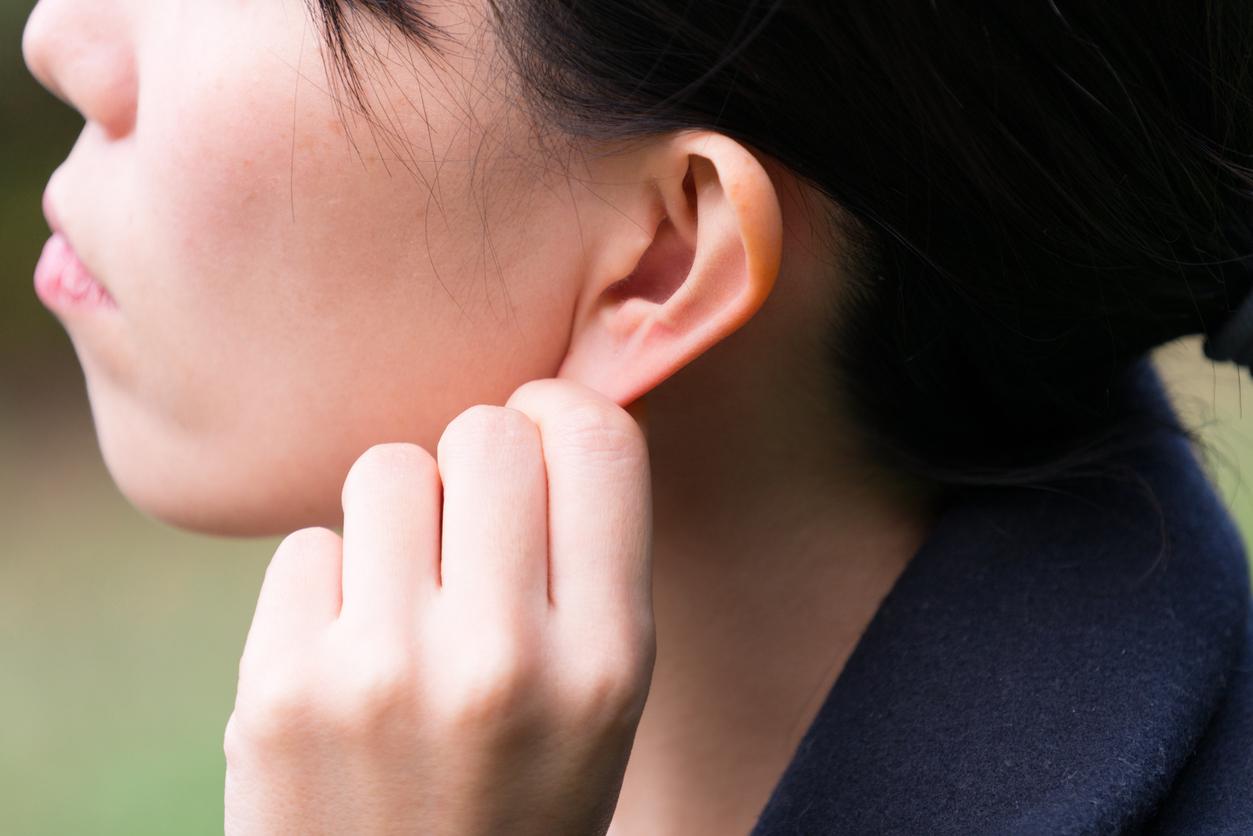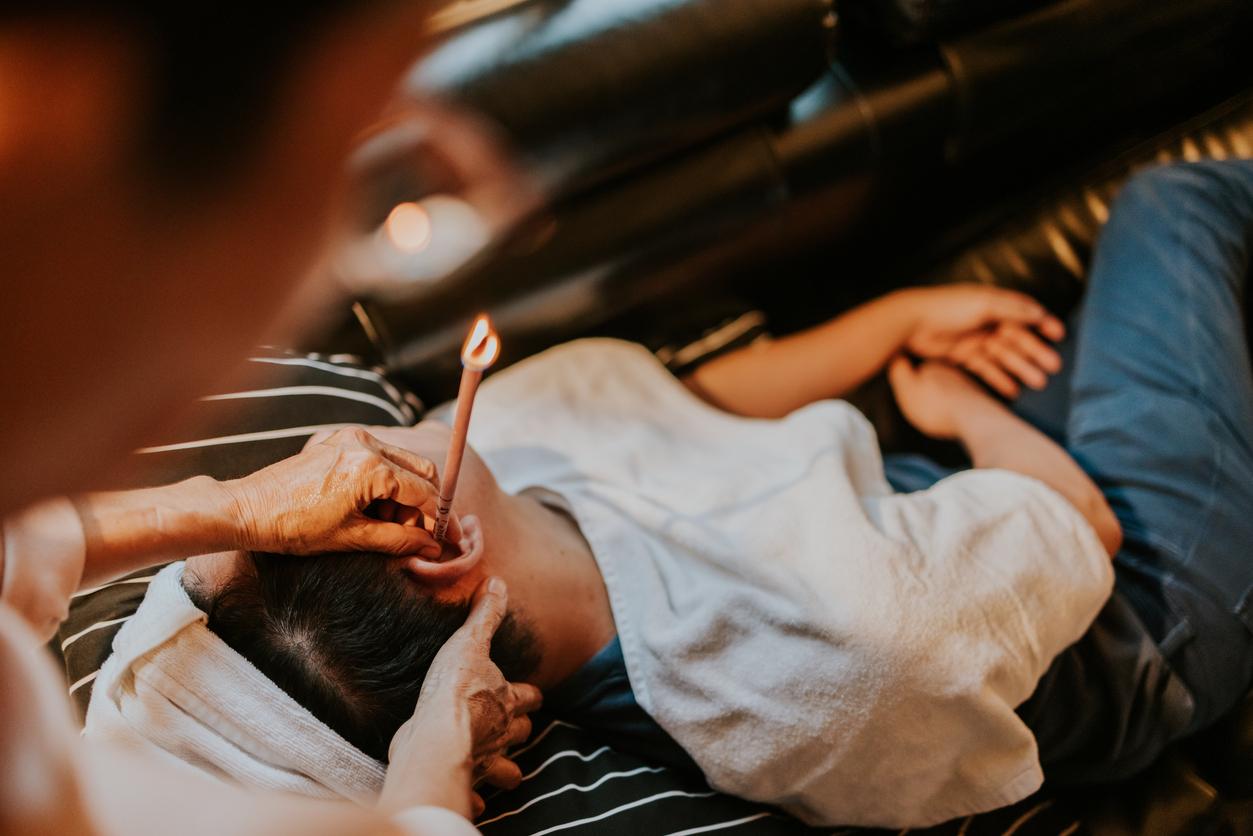Ears Full of Bothersome Wax? Before You Pick up a Cotton Swab, Here's How to Massage It Out
Are Q-tip cotton swabs really that dangerous?
Published May 16 2024, 3:49 p.m. ET

We tend to turn to natural solutions when our ears bring us pain, such as using colloidal silver to finally address those pesky ear infections. If you're anything like us, you were told growing up that cotton swabs can be harmful to the delicate inner workings of the ear, no matter how much ear wax buildup you managed to attain.
Whether you're suffering from ringing in your ears or you've got an epic amount of ear wax piling up in your ears, you should consult with a physician, like an Ear, Nose, and Throat (ENT) doctor, to be safe.
In the meantime, you can try the gentle methods below to attempt to mitigate the waxy buildup in your ears.

Here's how to massage ear wax out:
Luckily, there are safe methods to dislodge and remove ear wax that does not involve harmful cotton swabs with plastic on them. According to the Quebec, Canada-based Centres Masliah Audioprothésistes, cotton swabs should only be used on the external portions of the ear, anyway.
Softly massaging the outside of your ear in a circular motion may loosen the ear wax and make it easier to remove, per Centres Masliah Audioprothésistes. Once you have finished the circular massaging, softly pull the ear back from the earlobe.
According to Stanford Hearing Aids, this circular massage should be done with your index and middle fingers behind the earlobe. Soft earlobe tugging can be done during the massage, rather than at the end, as Centres Masliah Audioprothésistes suggests.
Stanford Hearing Aids also recommends opening and closing your mouth during the earlobe tugging to aid in loosening the ear wax. It might look similar to passengers on airplanes trying to adjust to a "popping" sensation from changes in cabin pressure. You may also want to tilt your head to one side so the ear wax can fall out once it is dislodged.
I have found the gentle pulling of the earlobe back and away to be particularly helpful and effective in opening up the blockage. There is a noticeable sensation, as though the ear wax that was just jostled loose from the massage is suddenly dissipating, thus allowing me to hear and feel within my ear properly once more.

What else dissolves ear wax fast at home?
While waiting for your doctor's appointment to properly and safely treat ear wax buildup, there are some other methods that you can employ at home.
When administered or performed responsibly, these at-home ear wax dissolving methods may provide temporary relief until a trained and licensed professional can help you.
According to Harvard Health Publishing through the Harvard Medical School, an alternative to the harmful cotton swab method is to saturate a cotton ball with water, saline solution, or hydrogen peroxide. With your head tilted, allow a few drops to enter your ear, maintain your position for a minute, and then reverse the position to allow the liquid and wax to exit your ear.
Personally, I've experienced the most success with a water and hydrogen peroxide mixture, as recommended by my physician.
Baby oil and mineral oil are two methods suggested by the Cleveland Clinic as at-home methods for ear wax removal. The oils should be used in moderation, with just a few drops inserted into the ear with the head tilted before allowing the oil and wax to leave the ear.
According to the Mayo Clinic, irrigation and ear vacuum kits aren't proven to be safe and effective when performed at home and thus may be more harmful than intended.
Likewise, ear candling, which requires placing one end of a candle in the ear and lighting the other end, is another common method to draw out the wax from the ear and is considered unsafe.